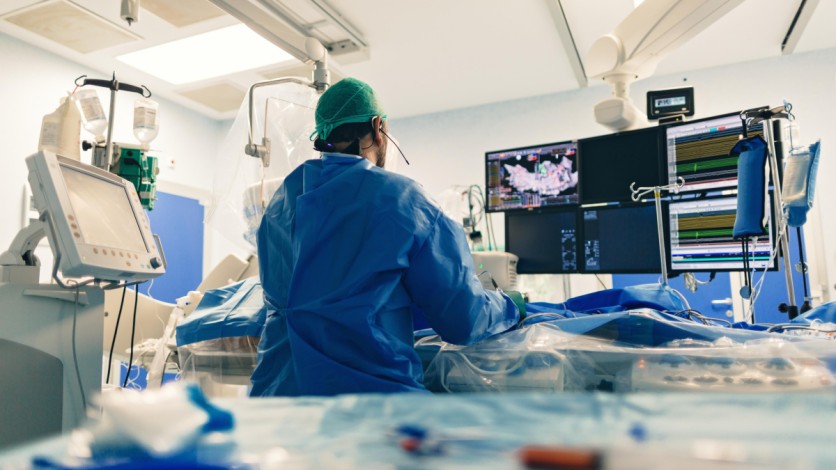A groundbreaking development by MIT researchers introduces a heart valve simulator designed specifically for studying mitral regurgitation, a condition characterized by the abnormal backflow of blood from the left chamber of the heart.

Combining Biological Heart, Silicone Robotic Pump
Researchers have developed a biorobotic heart by combining a biological heart and a silicone robotic pump, focusing on the left side valve. This heart valve simulator is capable of replicating the structure, function, and movement of both healthy and diseased hearts.
Interesting Engineering reported that this breakthrough technology enables surgeons and researchers to showcase various interventions while gathering real-time data.
According to senior author and biomedical engineer Ellen Roche from the Massachusetts Institute of Technology, the simulator proves immensely beneficial as a research tool for those studying diverse heart valve conditions and interventions.
Its applications extend to serving as a surgical training platform for clinicians, medical students, and trainees, enabling device engineers to assess new designs, and aiding patients in better understanding their diseases and potential treatments.
Traditional testing methods for interventions involve heart simulators and animal subjects, but these approaches have limitations. Existing heart simulators fall short of capturing the intricate complexities of the heart and have a limited shelf life.
Animal studies are both expensive and time-consuming, with outcomes not always directly applicable to humans. The biorobotic heart emerges as a cost-effective alternative with an extended shelf life of months, addressing these challenges in cardiovascular research.
The researchers directed their focus towards mitral regurgitation, a condition characterized by the improper closure of the valve between the left heart chambers, leading to a leaky heart valve where blood can flow backward.
This disorder, impacting approximately 24.2 million individuals globally, manifests in symptoms such as shortness of breath, limb swelling, and heart failure.
Due to the intricate nature of the valve's structure, corrective surgeries for this disorder are exceptionally complex, underscoring the necessity for advanced technology and precise surgical methodologies.
Completing Three Procedures
To gain deeper insights into the mitral valve in both healthy and diseased states, the research team constructed a biorobotic heart modeled after a pig's heart. The left chamber's heart muscle was replaced with a silicone-based soft robotic pump system activated by air.
Upon inflation, the system mimics the twisting and squeezing motions of real heart muscle, propelling artificial blood through a simulated circulation system and replicating the rhythmic beats of a biological heart.
To simulate a leaky mitral valve in the biorobotic heart, EurekAlert reported that the researchers induced damage and subsequently enlisted the expertise of cardiac surgeons to rectify the issue using three distinct techniques.
This includes securing the flailing valve leaflet tissue with artificial chords, replacing the valve with a prosthetic counterpart, and implanting a device to assist in valve leaflet closure.
The successful completion of all three procedures effectively restored normal pressure, blood flow, and overall heart function. The system, designed for real-time data collection during surgery, seamlessly integrates with prevalent clinic imaging technologies.
Also Read : Researchers Create a 'Heart Attack on a Chip' that May One Day Cure Cardiovascular Diseases
An added advantage lies in the utilization of clear artificial blood, providing direct visualization of the entire procedure. These conclusive findings underscore the device's potential as an innovative heart model.
As published in the journal Device, Ellen Roche envisions this heart model as a valuable resource for cardiac surgery training and practice, offering a realistic and comprehensive environment for surgeons to refine their skills.

ⓒ 2025 TECHTIMES.com All rights reserved. Do not reproduce without permission.


![Best Gaming Mouse For Gamers With Smaller Hands [2025]](https://d.techtimes.com/en/full/461466/best-gaming-mouse-gamers-smaller-hands-2025.png?w=184&h=103&f=6fd057ef777bd39251d4e7e82e9b23f1)

